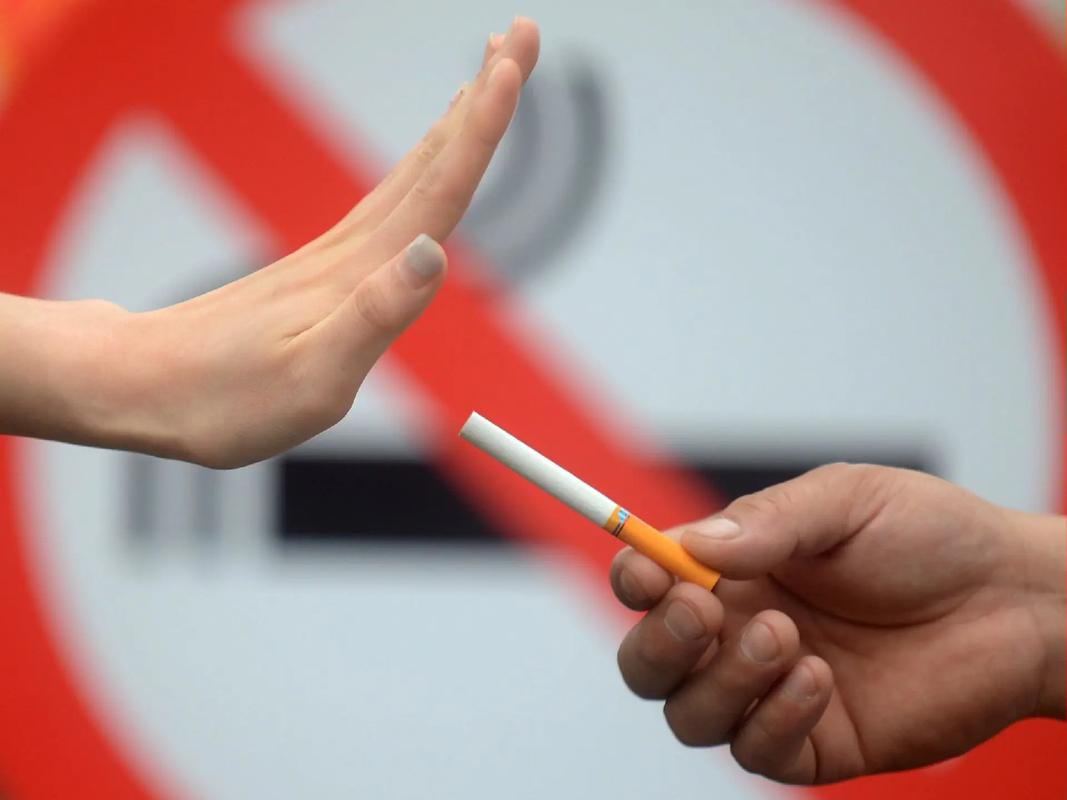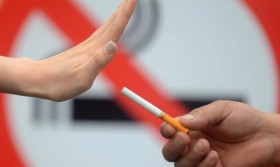Unveiling the Link: How Tobacco Exposure Can Trigger Recurrence in Henoch-Schonlein Purpura
Henoch-Schonlein Purpura (HSP) is a condition that often catches patients and families by surprise. Characterized by its tell-tale purple rash, typically on the legs and buttocks, along with potential joint pain, abdominal cramping, and kidney involvement, HSP is the most common form of vasculitis in children. While many experience a single, self-limiting episode, a significant number face a frustrating and concerning reality: recurrence. If you or a loved one are navigating the unpredictable waves of HSP flare-ups, you've likely wondered what drives these returns. Emerging evidence points to a potent, and often modifiable, environmental factor: tobacco exposure.
This article delves into the compelling connection between tobacco and HSP recurrence, exploring the mechanisms at play and offering actionable insights for managing this complex condition.
Understanding the HSP Rollercoaster: Why Recurrences Happen
First, it's crucial to understand what HSP is. At its core, HSP is an immune-mediated vasculitis. This means the body's immune system mistakenly launches an attack on its own small blood vessels. This attack is driven by the deposition of a specific type of antibody called Immunoglobulin A (IgA). When these IgA complexes settle in the vessel walls, they trigger inflammation, leading to the leakage of blood into the skin (causing the purpura), joints, intestines, and kidneys.
The exact "trigger" that sets off this abnormal immune response is often unidentified, though it's frequently preceded by an upper respiratory infection. The mystery deepens when the initial symptoms resolve, only to reappear weeks or months later. This HSP disease recurrence is the central challenge for many, creating anxiety and uncertainty. Research into recurrent Henoch-Schonlein Purpura causes has looked at genetic predispositions, persistent infections, and environmental agents. Among these, tobacco smoke has emerged as a powerful and consistent inducer of vasculitis flare-ups.
Tobacco Smoke: More Than Just a Lung Irritant
We commonly associate tobacco with lung cancer and heart disease, but its effects are systemic, meaning they impact the entire body. Tobacco smoke contains over 7,000 chemicals, hundreds of which are toxic and many that are known to directly affect the immune system. For someone with a predisposition to HSP, or for someone in recovery from an initial episode, tobacco exposure acts like repeatedly poking a beehive.
Here’s a breakdown of how tobacco functions as a trigger for IgA vasculitis:
-
Dysregulation of the Immune System: Tobacco smoke disrupts the normal balance of the immune system. It can activate certain inflammatory pathways and promote the production of pro-inflammatory cytokines, which are signaling molecules that rally the immune system to action. In a person with HSP, whose immune system is already primed to react abnormally, this tobacco-induced inflammation can be the spark that reignites the full-blown inflammatory response in HSP.
-
Direct Damage to Blood Vessels: The endothelial cells that line our blood vessels are crucial for maintaining vascular health. Many components of tobacco smoke are directly toxic to these cells, causing irritation and injury. This damage creates "sticky" spots in the vasculature, making it easier for those circulating IgA complexes to deposit themselves, thereby initiating the inflammation that defines an HSP flare. This makes tobacco a direct aggravator of vascular inflammation.
-
Alteration of IgA Production and Behavior: Some studies suggest that tobacco smoke may influence the very production or glycosylation (the addition of sugar chains) of IgA antibodies. Abnormally glycosylated IgA is more likely to clump together into the immune complexes that get deposited in tissues. Therefore, tobacco exposure might not only trigger the attack but also supply the very "ammunition" used in the attack, establishing a direct link between smoking and HSP relapse.
Secondhand Smoke: An Invisible Threat
This discussion is not limited to active smokers. For children with HSP, who represent the majority of patients, secondhand smoke exposure and HSP is a critical concern. A child living with a smoker is in a constant state of low-grade immune stimulation and vascular irritation from the inhaled toxins. This creates an environment where their immune system is perpetually on edge, significantly increasing the risk of an initial HSP episode and, most importantly, its recurrence in pediatric HSP. The child’s body, working hard to recover and maintain balance, is constantly being undermined by this invisible environmental assault. The management of childhood HSP and environmental triggers must, therefore, include a strict smoke-free environment.
Clinical Evidence and Patient Stories

While large-scale prospective studies are always evolving, the cumulative clinical evidence is strong. Numerous case reports and series have documented patients, both children and adults, whose HSP recurrences were directly linked to periods of active smoking or intense secondhand smoke exposure. Conversely, many clinicians observe a notable reduction in flare-up frequency once patients and their families eliminate tobacco from their environment. This pattern strongly supports the role of tobacco as a key external factor in HSP recurrence.
Managing HSP flare-up triggers is a cornerstone of long-term care. Physicians specializing in rheumatology or nephrology are increasingly including detailed questions about tobacco use—both active and passive—in their patient assessments. Recognizing this link is a powerful step toward proactive disease management.
A Path Forward: Mitigating Risk and Taking Control
The silver lining in this discovery is that, unlike genetic factors, tobacco exposure is a variable that can be controlled. Here are the key actionable steps for preventing HSP recurrence linked to tobacco:
- For Patients: If you are a patient with HSP and you smoke, seeking help to quit is one of the most significant actions you can take for your health. It's a challenging journey, but the potential payoff—a reduction in painful and damaging flare-ups—is immense.
- For Parents and Caregivers: Creating a completely smoke-free home and vehicle is non-negotiable. This means no smoking indoors at any time, and ideally, family members who smoke should do so outside while wearing a "smoking jacket" that is removed before re-entering the home, to minimize residual toxins (thirdhand smoke) on clothing and furniture. This is a vital part of managing HSP and preventing relapse.
- Open Communication with Your Doctor: Be upfront with your healthcare provider about all environmental exposures. Discuss the role of tobacco openly so they can provide the best possible guidance and support resources, including smoking cessation programs.
In conclusion, the journey with Henoch-Schonlein Purpura can be fraught with uncertainty. However, understanding the profound impact of environmental factors like tobacco smoke empowers patients and families to take concrete steps toward stability. By recognizing tobacco as a significant inducer of HSP symptoms recurrence, we can shift the focus from passive worry to active prevention. Eliminating this potent trigger is a powerful strategy in the ongoing mission to achieve lasting remission and improve the quality of life for everyone affected by this complex condition.













